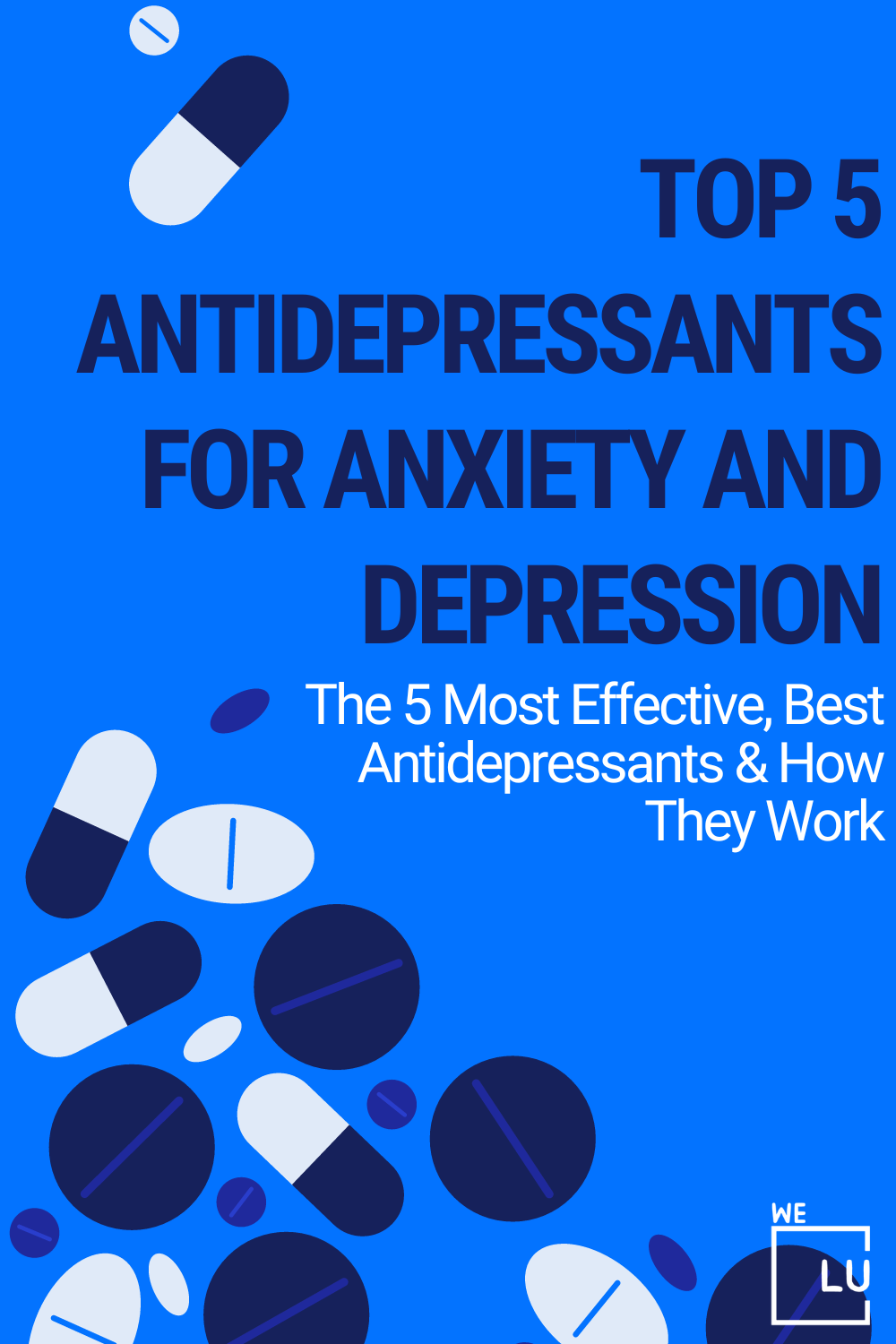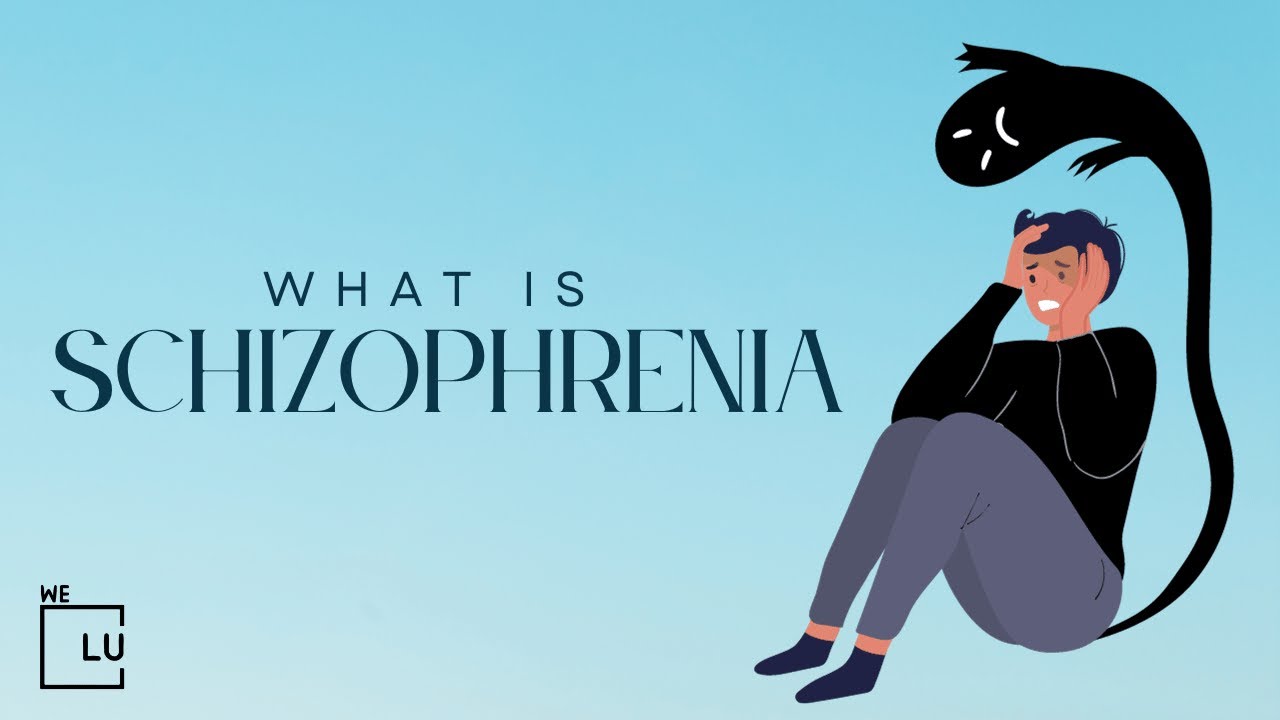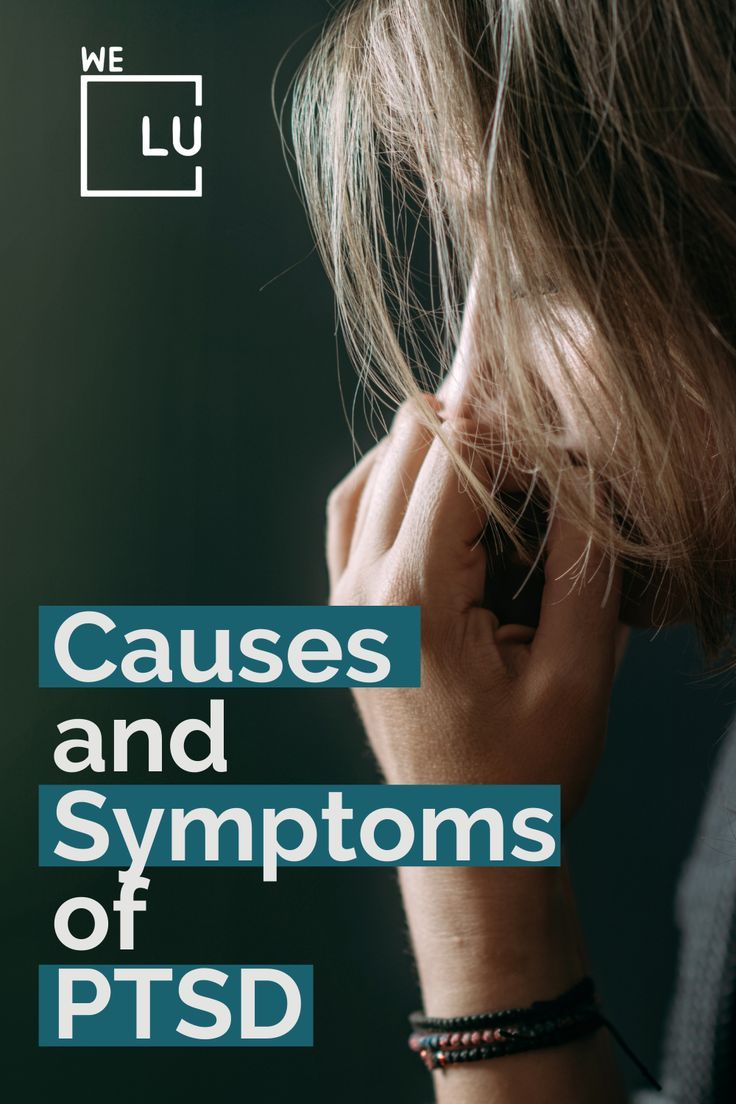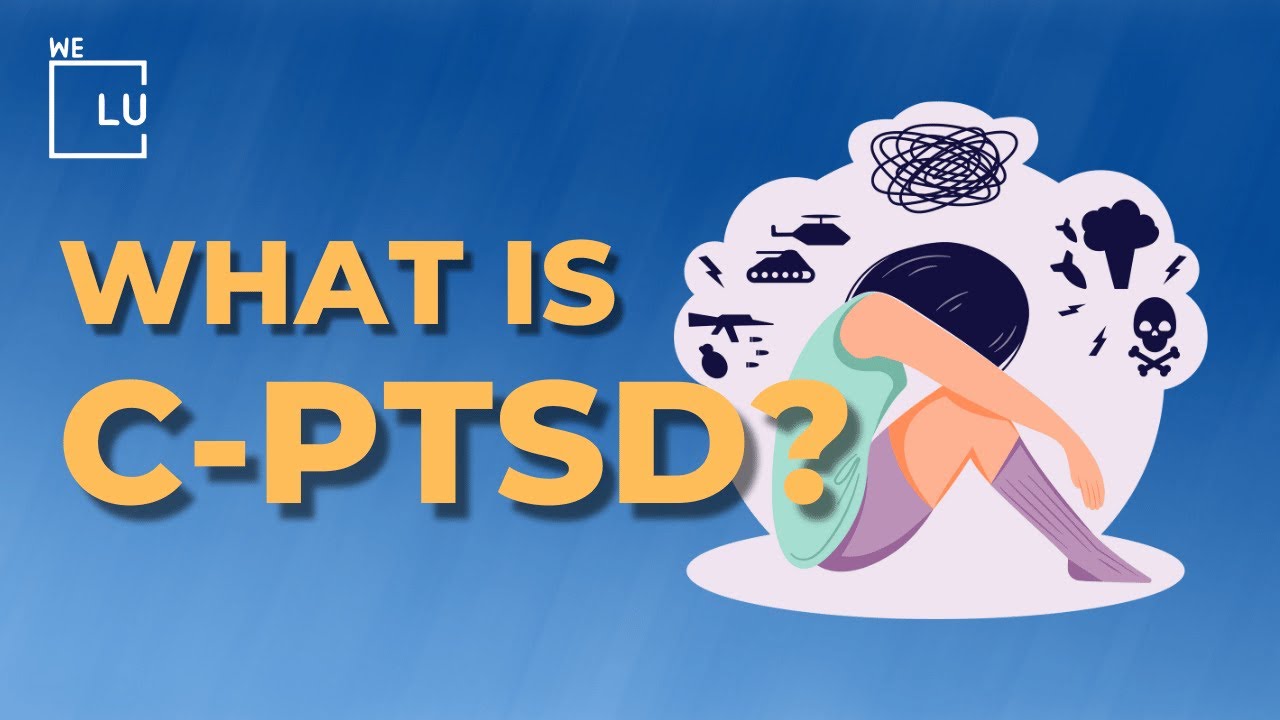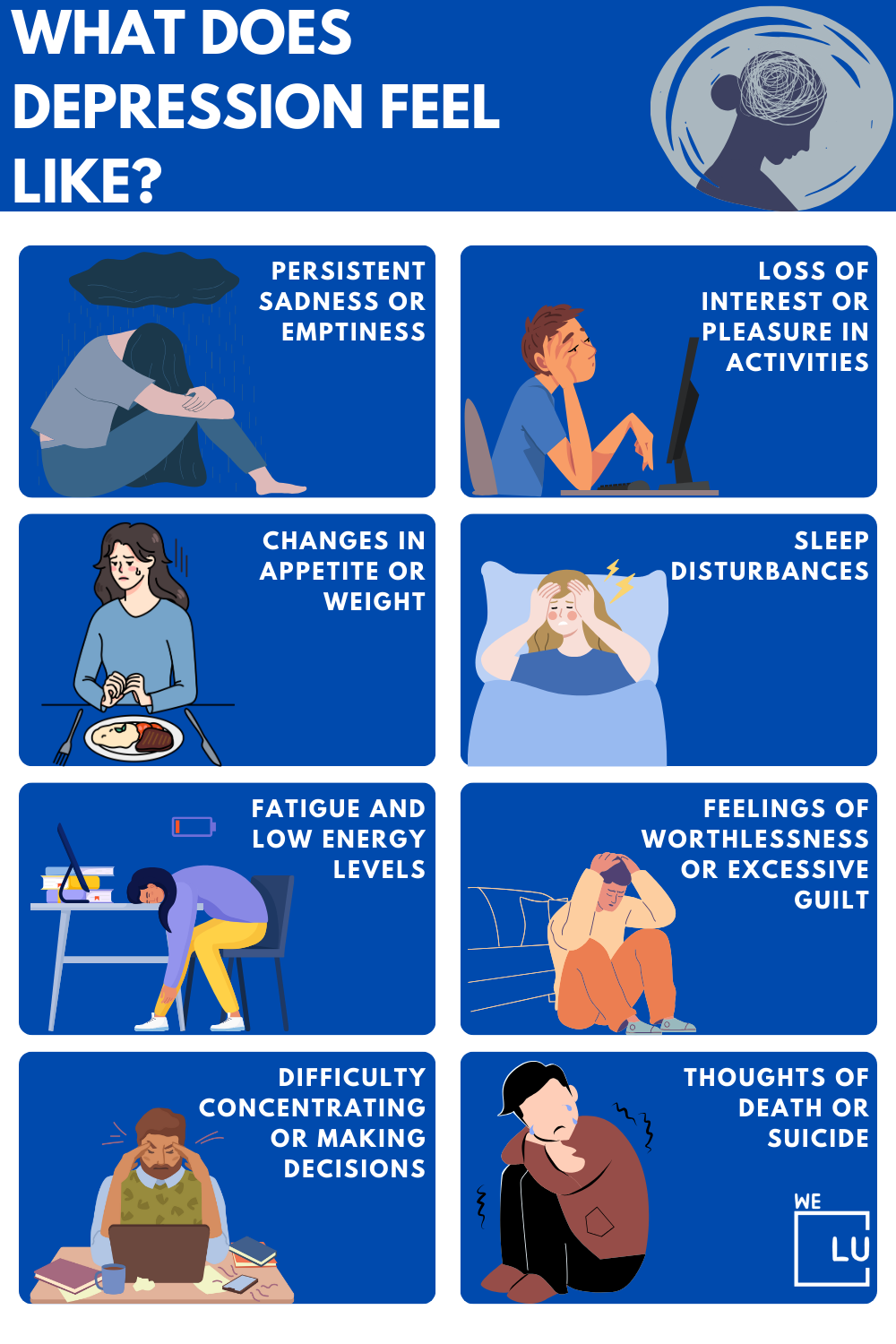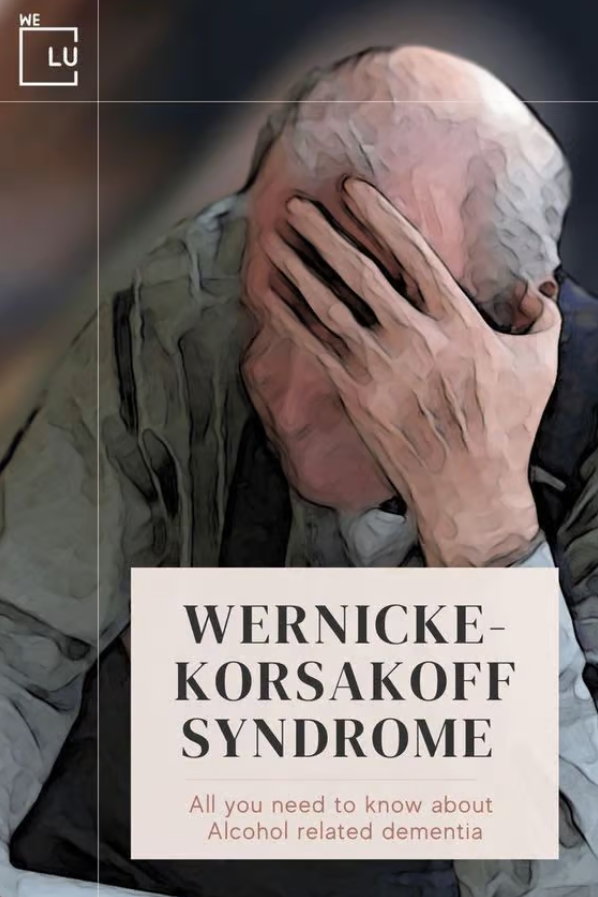What is the Difference Between Mood Disorder and Personality Disorder?
Personality disorders and mood disorders are often confused with each other. However, they have characteristics that separate them from one another. Personality disorders may be more constant and pervasive than mood disorders. A person with a personality disorder usually has a hard time connecting with other people because they are fundamentally different. On the other hand, a person with a mood disorder has normal interactions outside of their periods of extreme sadness or happiness.
While there is some overlap between the symptoms of these two conditions, they each have particular aspects and require different treatment methods. Our extensive experience allows us to cater our Mood and Personality Disorder treatment specific to each client’s need.
If you know someone who is struggling with the symptoms of a mood and personality disorder, they can be best assessed by a mental health professional, to ensure an accurate diagnosis. Mood and personality disorder treatment can be effective in addressing these conditions.
Personality Disorders
Personality disorders are a group of mental illnesses. They involve long-term patterns of thoughts and behaviors that are unhealthy and inflexible. This is according to the US National Library of Medicine [1]. People with personality disorders have trouble dealing with daily stresses and problems. They often have rough relationships with other people. As a result, it causes serious problems with relationships and work.
The cause of personality disorders is unknown. However, genes and childhood experiences may play a role. It’s generally thought that personality disorders are caused by events that happened during childhood. For example, neglect, abuse or abandonment, and trauma. Consequently, it affects personality development and emotional regulation. Personality disorder treatment usually includes psychotherapy and sometimes medicine.
Causes of Personality Disorder
According to American Psychological Association [2], several factors may contribute to the development of personality disorders.
- Genetics – genes linked to aggression, anxiety, and fear
- Childhood trauma – the link between the number and type of childhood traumas
- Verbal abuse – Children who had experienced such verbal abuse were three times as likely as other children to have personality disorders in adulthood.
- High reactivity – Sensitivity to light, noise, texture, and other stimuli may also play a role.
- Peers – even a single strong
Personality Disorder Symptoms
- Signs and symptoms of personality disorders may include:
- Impulsive behavior
- Unstable relationship
- Fragile self-image
- Wildly shifting moods
- Suicidal behavior

Skip To:
Learn More:
- Anxiety Disorder Treatment
- Top Mood Stabilizers for Bipolar Disorder
- Is Anxiety a Disability? Can You Get Disability for Anxiety?
- Impulse Control Disorder: Definition, Causes, Symptoms, and Treatment
- Quiet Borderline Personality Disorder, Symptoms, Treatment & Resources
- What is Borderline Personality Disorder
- Mental Health Treatment
- Inpatient Mental Health
- BPD in Men
- BPD Treatment
Get Help. Get Better. Get Your Life Back.
Searching for Accredited Dual Diagnosis Mental Health Centers Near You?
Even if therapy failed previously, or are in the middle of a difficult crisis, we stand ready to support you. Our trusted behavioral health specialists will not give up on you. When you feel ready or just want someone to speak to about counseling alternatives to change your life call us. Even if we cannot assist you, we will lead you to wherever you can get support. There is no obligation. Call our hotline today.
FREE 24/7 Dual Diagnosis Mental Health Services HotlineMood and Personality Disorders Statistics
Estimates show that nearly 1 in 5 Americans have a mental illness, mood disorders included. Around 20.9 million American adults aged 18 and older have a mood disorder. Mood disorders can affect anyone at any point in life. Many factors can contribute to the development of mood disorders, and while some of the population may appear more vulnerable, no ethnic or age group is left out.
9.7%
An estimated 9.7% of U.S. adults had any mood disorder in the past year.
Source: NIMH
11.6%
Past year prevalence of any mood disorder among adults was higher for females (11.6%) than for males (7.7%).
Source: NCBI
21.4%
An estimated 21.4% of U.S. adults experience any mood disorder at some time in their lives.
Source: NCBI
Mood and Personality Disorders
Facts
Mood and personality disorders are kinds of mental health conditions, but they’re different from each other. Mood disorders talk about patterns in feelings, while personality disorders focus on how people relate to others.
What is Mood Disorder?
Mood is defined as a pervasive and sustained feeling tone that is endured internally, and that impacts nearly all aspects of a person’s behavior in the external world. Mood disorders or affective disorders are described by marked disruptions in emotions (severe lows called depression or highs called hypomania or mania). These are common psychiatric disorders leading to an increase in morbidity and mortality.
According to the Diagnostic and Statistical Manual of Mental Disorders, Fifth Edition (DSM-5), mood disorders have been broadly categorized as bipolar disorders and depressive disorders. Bipolar disorders are further categorized as bipolar I, bipolar II, cyclothymic disorder, bipolar and related disorder to another medical condition, substance/medication-induced bipolar and related disorder, other specified bipolar and related disorder, and unspecified bipolar and related disorder.
Epidemiology of Mood Disorder
Mood disorders are commonly seen in children and adolescents with an estimated rate of 15% suffering from any mood disorder, and 12% have a mood disorder with severe impairment. Depression is prominent in children and adolescents, with rates as high as 18% to 22% in girls and 7% to 10% in boys by the age of 17. Research shows the prevalence of disruptive mood dysregulation disorder ranges from 0.8% to 4.3% in children. The lifetime prevalence of bipolar disorder subtypes is 0.6% for bipolar I, 0.4% for bipolar II, and 2.4% for bipolar spectrum disorder (BPS).
Pathophysiology of Mood Disorder
Depression is a complex neuropsychiatric disorder represented by severe anhedonia (a substantial incapacity to enjoy pleasurable activities), sad mood, feelings of guilt, suicidality, and cognitive impairment. One of the primary risk factors for the development of depressive disorders is chronic stress. The pathophysiology of constant stress results from the overactivation of the hypothalamic-pituitary-adrenal (HPA) axis, which results in a glucocorticoid cortisol level increase. Neuronal plasticity also plays a significant role in the pathophysiology of mood disorders. Patients with poor social support show signs of impaired neuronal plasticity, predisposing them to mood disorders. Mild to moderate impairment of neuronal plasticity causes depression, while severe impairment results in mania.
What is Personality Disorder?
Personality disorders are pervasive, maladaptive, and chronic patterns of behavior, cognition, and mood. Persons who have personality disorders experience distorted perceptions of reality and abnormal affective responses, ultimately manifesting in distress across all aspects of the individual’s life, including occupational difficulties, impaired social functioning, and interpersonal hardships. This activity outlines the evaluation and management of personality disorders and reviews the role of the interprofessional team in evaluating and improving care for patients with personality disorders.
During the production of DSM 5 (2013), editors considered combining the novel dimensional five-factor model of behavior with psychoanalytic typological models of personality. However, the catalog ultimately remained unchanged. The ensuing ten disorders are classified into three clusters. Cluster A includes paranoid, schizoid, and schizotypal. Cluster B includes antisocial, borderline, histrionic, and narcissistic. Cluster C includes avoidant, dependent, and obsessive-compulsive. These disorders are currently described as pervasive, maladaptive, and chronic patterns of behavior, thinking, and feeling, ultimately leading to distress and dysfunction. Patients with personality disorders suffer from distorted perceptions of reality and abnormal affective behavior, manifesting in maladaptive coping mechanisms and distress.
Epidemiology of Personality Disorder
The World Health Organization has estimated the prevalence of having a personality disorder to be 6.1%. The prevalence of the three separate clusters (A, B, and C) is 3.6%, 1.5%, and 2.7%, respectively. Within the psychiatric population, the prevalence of personality disorders increases to 30% and rises even higher within the incarcerated population. Further investigation reveals that those with personality disorders are more likely to be younger, unmarried, male, belonging to a lower socioeconomic status, and of lower education levels. More specifically, antisocial personality disorders are more likely to be men, whereas borderline, histrionic, and dependent are more often women.
[2] Source: Mood Disorder – U.S. Department of Health and Human Services National Institutes of Health

Types of Personality Disorders
- Antisocial personality disorder: Having little care for the rights, feelings, and safety of others.
- Avoidant personality disorder: Extreme shyness and extreme sensitivity to criticism. Also, unwilling to get involved with people unless they are certain of being liked. Moreover, they may view themselves as not being good enough or socially inept.
- Borderline personality disorder (BPD): Unstable self-image and relationships. Thus, it includes difficulty regulating emotions. For example, an individual with BPD may go to have repeated suicide attempts, display inappropriate intense anger, or have ongoing feelings of emptiness.
- Dependent personality disorder: submissive and dependent, unable to disagree with others, and often afraid of being alone.
- Histrionic personality disorder, a need to be the center of attention, with dramatic behavior and frequent mood swings.
- Narcissistic personality disorder: drawn to power and success. Hence, the person may lie or manipulate others to get what they want.
- Obsessive-compulsive personality disorder: a pattern of preoccupation with orderliness, perfection, and control. For this reason, a person with an obsessive-compulsive personality disorder may be overly focused on details or schedules and may work excessively. (This is NOT the same as obsessive-compulsive disorder.)
- Paranoid personality disorder: suspicious and distrustful of others. In this case, people with a paranoid personality disorder often assume people will harm or deceive them and don’t confide in others or become close to them.
- Schizoid personality disorder: distant, withdrawn, and inward-focused. In other words, a person with schizoid personality disorder typically does not seek close relationships, chooses to be alone, and seems to not care about praise or criticism from others.
- Schizotypal personality disorder: often exhibits strange beliefs and behavior. In this situation, a person with a schizotypal personality disorder may have odd beliefs or odd or peculiar behavior or speech or may have excessive social anxiety.

End the Emotional Pain. Get Your Life Back.
Feeling Depressed, Anxious or Struggling with Mental Health Illness? Get Safe Comfortable Mental Health Dual Diagnosis High-Quality Therapy From Counselors That Care. Begin Your Recovery Now.
Hotline (855) 940-6125Personality Disorder Treatment
Personality disorder treatment can vary depending on the type and severity of the personality disorder. It may include psychotherapy and medications.
Psychotherapy is the primary form of treatment for personality disorders. Moreover, during sessions with mental health professionals, the person can learn how to manage their symptoms and modify behaviors.
There are many different types of psychotherapy. Dialectical behavior therapy (DBT) can include group and individual sessions. As a result, the individual will learn how to tolerate stress and improve relationships. Cognitive-behavioral therapy (CBT) aims to teach people how to change negative thinking patterns. In the end, they can better cope with everyday challenges.
Medications for Personality Disorder
Although no medication treats the disorder itself, several types of psychiatric medications may help with various personality disorder symptoms.
- Antidepressants For depressed mood, anger, impulsivity, irritability, or hopelessness.
- Mood stabilizers. Help even out mood swings or reduce irritability, impulsivity, and aggression.
- Antipsychotic medications. Also called neuroleptics. For psychosis or in some cases if one has anxiety or anger problems.
- Anti-anxiety medications. For anxiety, agitation, or insomnia. But in some cases, they can increase impulsive behavior, so they’re avoided in certain types of personality disorders.

First-class Facilities & Amenities
World-class High-Quality Mental Health Services & Behavioral Health Substance Abuse Treatment
Rehab Centers TourRenowned Mental Health Centers. Serene Private Facilities. Inpatient Rehab Programs Vary.
Mental Health Helpline (855) 940-6125Proven recovery success experience, backed by a Team w/ History of:
15+
Years of Unified Experience
100s
5-Star Reviews Across Our Centers
10K
Recovery Successes
- Comprehensive Dual-Diagnosis Treatment
- Complimentary Family & Alumni Programs
- Coaching, Recovery & Development Events
- Comfortable Onsite Medical Detox Center
Mood Disorders
Mood disorders are a group of mental illnesses that affect how you feel and think about yourself, other people, and life in general. It affects a person’s everyday emotional state. Mood disorders cause emotional highs or lows that last for days, weeks, or longer. In short, the individual’s emotional state is not consistent with one’s circumstances. Nearly ten percent of the population suffers from some type of mood disorder. Women are nearly 50 percent more likely to experience mood disorders than men.
It’s okay not to be okay. You may say you are in a bad mood. Also, you may feel sad or irritable from time to time. A mood disorder is different. If you have a mood disorder, your mood is distorted and inconsistent and it affects your ability to function. The root cause of mood disorders is an imbalance in brain chemistry, which can be hereditary. If you’re suffering from a mood disorder, you need to see a mental health professional as soon as you can. With treatment, most people with mood disorders can lead productive lives.
Causes of Mood Disorder
The exact cause of many mood disorders is unknown at this time. Factors that may contribute to the development of mood disorder:
- Brain Chemicals. Also known as called neurotransmitters. They regulate moods, feelings, and behavior. It is thought that changes in the levels of these neurotransmitters can lead to mood disorders.
- Genetics. It appears that heredity may contribute to mood disorders,
- Trauma. Stress or major life changes in the case of depression.
Mood Disorder Symptoms
Typical symptoms of a mood disorder may include:
- Fatigue
- Irritability
- Sadness
- Changes in appetite
- Difficulty concentrating
Types of Mood Disorder
- Major depression. Prolonged and persistent period of extreme sadness for at least 2 weeks.
- Dysthymia. This is a chronic, low-grade, depressed, or irritable mood that lasts for at least 2 years.
- Bipolar disorder. Also called manic depression or bipolar affective disorder, depression includes alternating times of depression and mania.
- Mood disorder is related to another health condition. Many medical illnesses (including cancer, injuries, infections, and chronic illnesses) can trigger symptoms of depression.
- Substance-induced mood disorder. Symptoms of depression are due to the effects of medicine, drug abuse, alcoholism, exposure to toxins, or other forms of treatment.
World-class, Accredited, 5-Star Reviewed, Effective Mental Health Dual Diagnosis Programs. Complete Integrated Inpatient Rehab with Free Post Discharge Therapy Planning.
CALL (855) 940-6125End the Emotional Pain Rollercoaster. Gain Stability & Happiness Through Recovery Treatment. Start Mental Health Counseling Today. Get Free No-obligation Guidance by Behaviroal Health Specialists Who Understand Mental Health Recovery.
Mood Disorder Treatment
Mood disorders are treatable. With the right treatment, about 80% of people experience significant symptom relief. Our extensive list of Mood and Personality Disorder treatment programs has many methods specific to mood disorders and specific to you!
Psychotherapy. The most common form of therapy for people living with a mood disorder is cognitive-behavioral therapy (CBT):
- Cognitive-behavioral therapy or CBT is the most common therapy treatment for mood disorders. It helps you understand the relationship between your mood, thoughts, and behaviors. Also, it teaches skills like problem-solving that may help prevent symptoms from coming back.
- Medication: Depression is usually treated with a group of medications called antidepressants and bipolar disorder is usually treated with a group of medications called mood stabilizers. You may also be prescribed other medications for psychosis or anxiety.
- Electroconvulsive therapy or ECT may help people who experience severe depression or bipolar disorder. Alternatively, when treatments like counseling and medication haven’t helped.
World-class, Accredited, 5-Star Reviewed, Effective Mental Health Dual Diagnosis Programs. Complete Integrated Inpatient Rehab with Free Post Discharge Therapy Planning.
CALL (855) 940-6125End the Emotional Pain Rollercoaster. Gain Stability & Happiness Through Recovery Treatment. Start Mental Health Counseling Today. Get Free No-obligation Guidance by Behaviroal Health Specialists Who Understand Mental Health Recovery.

Mood and Personality Disorder Treatment
Psychotherapy is the primary form of mood and personality disorder treatment. Co-occurring disorders may require additional treatment beyond therapy. Medications may also help with various symptoms. In addition, family therapy sessions, aftercare support, and consistent treatment complete the holistic treatment approach. This can help those with personality and mood disorders control their symptoms, avoid substance abuse, and focus on their well-being. These steps can all be part of a co-occurring integrated Mood and Personality Disorder Treatment modality.
If you or someone you know needs Mood and Personality Disorder Treatment, it is important to seek help. Mood and Personality Disorder Treatment is important for lasting recovery. If the underlying factors that are causing these illnesses are not treated, the individual’s symptoms can worsen. Treatment can help develop coping skills and provide the resources to fight off negative thoughts and begin to live a healthier productive life.
To know more about Mood and Personality Disorder Treatment options most suitable for your situation, contact us today at We Level Up FL Mental Health Center, we provide the utmost care with doctors and medical staff available 24/7 for life-changing and lasting recovery. We will provide an enhanced opportunity to return to a fulfilling and productive life.
Search We Level Up FL “Mood and Personality Disorders” Topics & Resources
Sources
[1] US National Library of Medicine – https://medlineplus.gov/personalitydisorders.html
[2] Borderline Personality Disorder – National Institute of Mental Health (NIMH)
[3] Bandelow B, Michaelis S, Wedekind D. Treatment of anxiety disorders. Dialogues Clin Neurosci. 2017 Jun;19(2):93-107. DOI: 10.31887/DCNS.2017.19.2/bbandelow. PMID: 28867934; PMCID: PMC5573566.
[4] Ripoll LH. Psychopharmacologic treatment of borderline personality disorder. Dialogues Clin Neurosci. 2013 Jun;15(2):213-24. DOI: 10.31887/DCNS.2013.15.2/lripoll. PMID: 24174895; PMCID: PMC3811092.
[5] NIMH – https://www.nimh.nih.gov/health/publications/social-anxiety-disorder-more-than-just-shyness
[6] ‘Anxiety Disorders’ – National Institute Of Mental Health (Nimh.nih.gov)
[8] National Institute of Mental Health – ‘Depression’ (www.nimh.nih.gov)
[9] Caring for Your Mental Health – NIMH/National Institute of Mental Health/ List of Mood and Personality Disorders
[10] Carpenter JK, Andrews LA, Witcraft SM, Powers MB, Smits JAJ, Hofmann SG. Cognitive behavioral therapy for anxiety and related disorders: A meta-analysis of randomized placebo-controlled trials. Depress Anxiety. 2018 Jun;35(6):502-514. DOI: 10.1002/da.22728. Epub 2018 Feb 16. PMID: 29451967; PMCID: PMC5992015.
